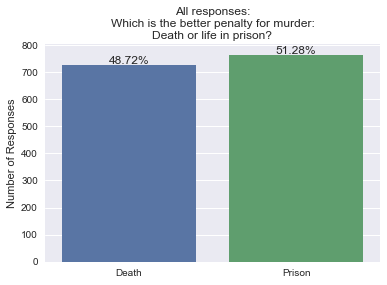I’m going to be attending a teach-out about the internet and society. The instructors requested questions and comments before the teach-out begins at the end of the month, but the phone number is a google voice number with a limited voicemail length and I didn’t realize they didn’t want a WHOLE me-length comment. 🙂 So I’ll just post it all here:
I’d like to discuss accessibility and the internet.
I first discovered the internet in 1995. I grew up in rural New England, in a very isolated and sheltered area. My father was from Brooklyn, so I knew that the world was much bigger than the tiny little farm town where we lived, even if I hadn’t actually visited these places myself.
When I got online for the first time, it changed my whole world.
Suddenly I could communicate and collaborate with people from places I’d only dreamed of. Suddenly my world became much larger than the tiny little town with its one general store and no traffic lights.
My new internet friends were mostly tech workers and researchers, but we were a diverse group. I had friends who spoke little English. I had friends not just outside New England, but in other countries on other continents.
This was mind blowing, after graduating from a class with 150 students. Walls came down. Borders and geographic location became nearly irrelevant.
It made the world bigger and smaller all at the same time.
I had friends who were blind, I had friends who were physically disabled and could only type using one button on a mouse. The internet, and the computers we used to access the internet, were improving, and it felt like this was becoming the great equalizer. Differences and disabilities became less of a barrier on the internet.
People with disabilities have historically been isolated in institutions or other oppressive situations where we get little access to the outside world, and now suddenly we can access the world from our bed.
But now, over 20 years later, I feel like we have regressed. The internet has simultaneously become more integral AND more exclusive than ever.
We exclude Deaf and hard of hearing people by refusing to caption videos or post transcripts.
We exclude people with vision impairments when we use images without descriptions, excessive graphics and popups, invasive advertisements, auto-playing videos with sound, low contrast styling, and just plain old bad design.
We exclude people with seizure disorders by using flashing animations without warning.
We exclude people with PTSD by posting unsolicited violence without content warnings.
Accessibility isn’t just about helping those of us with disabilities. It’s about helping those of us with limited data plans, without high speed internet, with older slower devices, with lower incomes, with language barriers.
Accessibility doesn’t just help those of us who need these accommodations right now. Prioritizing accessibility means that people who become disabled tomorrow will still have access. Prioritizing accessibility means that as today’s developers age, they’ll still be able to use their own products when they’re 100 years old and relying on their reading glasses and hearing aids.
I want accessibility to be a higher priority online. I’m often met with significant resistance when I request accessibility improvements, sometimes because the perceived demand isn’t high enough to justify the time and money required to improve it, and sometimes because the content producer simply doesn’t think it’s important enough to prioritize.
Let’s prioritize accessibility.
And let’s talk about how we can make that happen.
